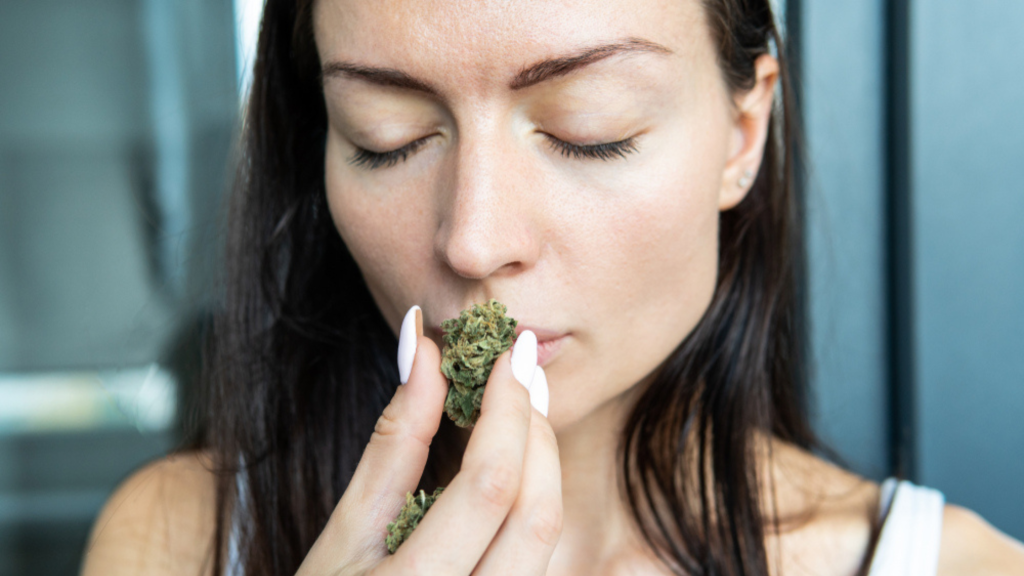Cannabis is a complex plant with more than 400 chemical entities that contribute to your experience with cannabis products. Cannabinoids are the active compounds in the cannabis plant that provide its medical and psychoactive properties. They induce specific effects ranging from relaxation to mood elevation, from mental ease to relief of physical pain. There are 113 identified cannabinoids; the most well-known is Tetrahydrocannabinal (THC), and for good reason, THC is the psychoactive cannabinoid found in cannabis. THC is responsible for its euphoric effects.
Cannabidiol (CBD) is another one of the primary cannabinoids found in the cannabis plant. It’s a non-psychoactive cannabinoid, unlike its popular THC counterpart, but it has a calming effect on the nervous system. It helps with epilepsy, seizure disorders, nerve pain, cancer, multiple sclerosis, chronic pain, anxiety, diabetes, arthritis, dystonia, Crohn’s disease, and inflammation.
If cannabis is exposed to too much air or heat, over time the oxidization of THC will create Cannibidiol (CBN). On its own CBN only has mild psychoactive effects, but together with THC it produces that infamous “couch lock” feeling, which is used to describe a strong feeling of physical sedation. While this may not be the desired feeling for many consumers, it can be helpful for treating insomnia. This is one of the reasons it is important to understand how different cannabis product profiles can provide you with a completely different experience and outcome.
Products will have “ratio” information on the menu and/or label which refers to the ratio of THC to CBD in a product. The “high” effects of TCH are diminished when more CBD is added. Common ratios are 1:1, 1:20 and 20:1. There are more than a hundred other cannabinoids we could highlight here, but we’re going to move onto other parts of the plant. Look out for our “Beyond THC” series to get to know more of the amazing cannabinoids and understand how they impact your experience with various products.
Terpenes are aromatic compounds are found in many plants but are especially concentrated in cannabis. Terpenes are important for the aesthetic flavoring they bring to the cannabis experience. But terpenes’ flavoring is more than just aesthetics; they also facilitate the absorption of cannabinoids in the blood stream and thus increase the plant’s healing potential. Terpenes also have an important role in how you experience a cannabis product. For example, limonene is also found in citrus peel and provides an uplifting effect, like a refreshing glass of OJ in the morning or diffusing a citrus essential oil for a pick-me-up. Like cannabinoids, there are more than 150 different terpenes. We’ll dive into more of these in future articles.
Strains are a unique genetic variety of cannabis. Strains are bred to highlight certain characteristics such as odor, flavor and its effects on the user. Strains fall into three main categories: 1) Sativa strains heighten energy, creativity and functionality, but can cause anxiety in some users; 2) Indica strains generally provide a sense of tranquility, which makes them ideal for relaxing and for bedtime; and finally, 3) Hybrid strains which are a blend of sativa and indica families. These hybrid strains are typically broken into three subcategories: sativa-dominant, indica dominant and 50/50 hybrids. Countless numbers of hybrid strains have been developed through genetic cross breeding, with targeted effects varying in each case.
There are many other terms for various plant properties. Feel free to visit our glossary for a quick cheat sheet. Keep an eye out for more cannabis education and learning from your friends at Green Meadows!



